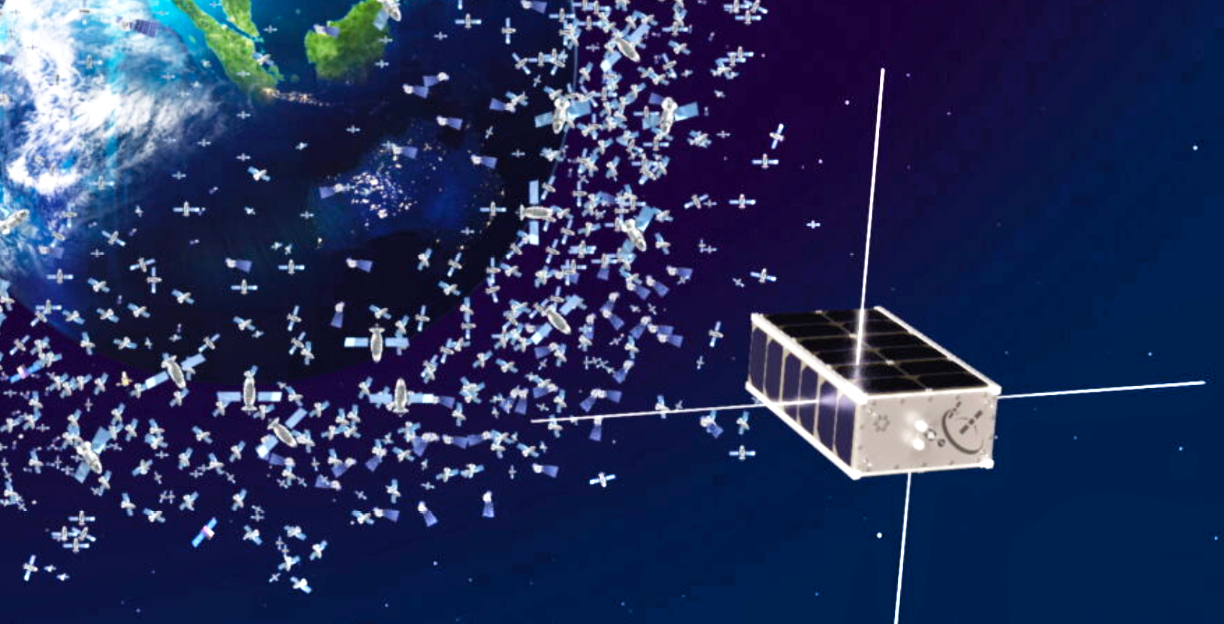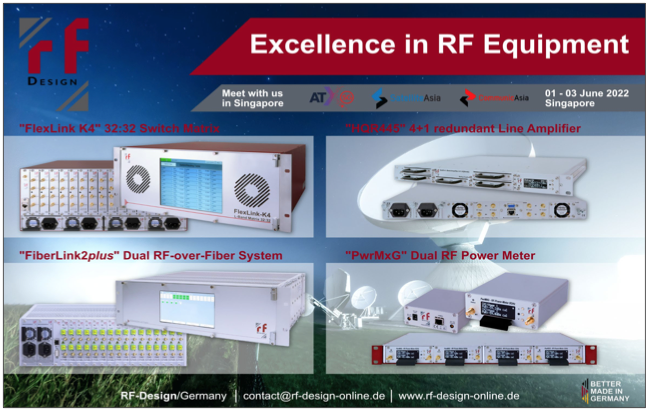The exponential growth in resident satellite objects (RSOs) over the last few years has spawned unprecedented concern within the space community. Conjunctions (i.e., close passes between satellites in space) have been increasing at an alarming rate and are creating a real threat to the future of a vibrant space-based industry.

In order to ensure a thriving ecosystem and allow operators to safely manage their satellites and provide services, the industry will require a range of technological and policy innovations to provide all participants more data, better situational intelligence, and guidelines for how to operate. Satellites of the future need to be more aware, more autonomous, and ideally operate within a modern space traffic management framework.
As of today, nearly 5,000 active satellites are being tracked by the European Space Agency (ESA), of which roughly 50% were launched in just the last few years. In the ESA’s Space Environment Report 2022, the agency estimates there to be MORE THAN 30,000 large objects greater than 10 cm. in orbit plus millions of smaller pieces of debris that are difficult to track.
Unfortunately, these numbers recently grew, notably due to the heinous, anti-satellite operation performed by the Russian government. The satellite (Cosmos 1408), which was destroyed by a missile, created more than 1,500 trackable fragments and thousands of difficult- to-track debris elements in an orbit that intersects with many of today’s Low Earth Orbit (LEO) constellations, as well as the ISS (International Space Station). The effects of the Russian action were immediately felt, and will be for years, propelling the conversation around space domain awareness (SDA) and conjunction assessment to the forefront of everyone’s mind.
Growth In LEO Traffic Increases Conjunctions Risk
A major concern associated with debris is the non-linear growth of conjunctions we have seen on the back of on-orbit population growth. Extrapolating current growth rates of <1km, conjunctions as a function of orbital traffic seem to indicate that conjunctions are growing significantly faster. Many expect the industry to grow the LEO satellite count by 8-10x in the coming years. This could lead to a 100x increase in conjunctions based on some projections, and a significant spike in operational cost and cause risks for operators, astronauts and investors.
Should the number of conjunctions truly expand as predicted, it is clear that the industry, as a whole, is currently not equipped with the capabilities to operate in such a complex environment. While it may seem far off, or a problem that is unnecessary to be solved at this point in time, the reality is much the contrary. Within a handful of years, we could see this explosion in traffic and complexity come to pass and all need to be ready to operate confidently in the face of these challenges.
Challenges With Ground-based SDA
As of this writing, nearly all SDA information is provided by ground-based installations, governmental and commercial. In addition to the lack of coverage that is possible by such technologies, the orbital environment is getting more complex and that will make it harder for radar to accurately identify and track RSOs.
The reason for the increase in complexity is largely driven by a combination of lower launch costs, commercial off-the-shelf (COTS) components and lightweight propulsion advancements. All of these variables have lowered the barrier to market entry for new and inexperienced companies with satellites that have on-board propulsion capabilities and the ability to frequently change orbits.
Space-Based Data + Sensors
How the industry will address these concerns and what solutions will gain adoption is yet to be seen. However, it is clear that unprecedented, in-space, data collection, in addition to improved, ground-based tracking, will all play key roles. Given the limits to fidelity and coverage achieved with ground radars, the industry will require next-generation, space- based data and sensor startups to quickly build, deploy and integrate their technologies into the ecosystem. Further, government and commercial operators across the world need to create standardized protocols for avoidance maneuvers and data collection in order to allow for the maturation of a global space traffic management system.
Ultimately, while there are serious concerns in the space community about us moving too fast and risking the destruction of our LEO environment, there are a number of startups tackling this problem from different angles.
The rate of innovation in the area of SDA and conjunction assessment is encouraging. However, more than ever, the industry needs talented engineers and investors to help solve the challenging problems that will undoubtedly need to be overcome in order to ensure a safe, transparent and scalable space environment. This will necessarily serve as the foundation for other companies to expand our civilization beyond Earth and create a thriving economy.

Eric Ingram
Eric is a commercial spaceflight regulatory expert and is an active and recognizable figure in space exploration and disability advocacy. Currently, he is the Co-Founder and CEO of SCOUT Inc., a space tech startup developing orbital products and services to enable a new era of space safety and transparency. Previously, he served as an Aerospace Engineer at the FAA Office for Commercial Spaceflight. He is a also Board Member at the Space Frontier Foundation and is an Organizing Team Member and Ambassador for Mission: AstroAccess, and serves on the Advisory Committee on Commercial Remote Sensing (ACCRES). Eric holds a Bachelor of Science in Physics from Old Dominion University, most of a Masters of Science in Electrical Engineering from the University of a Masters of Science in Electrical Engi Houston and a sport pilot certificate.


